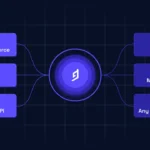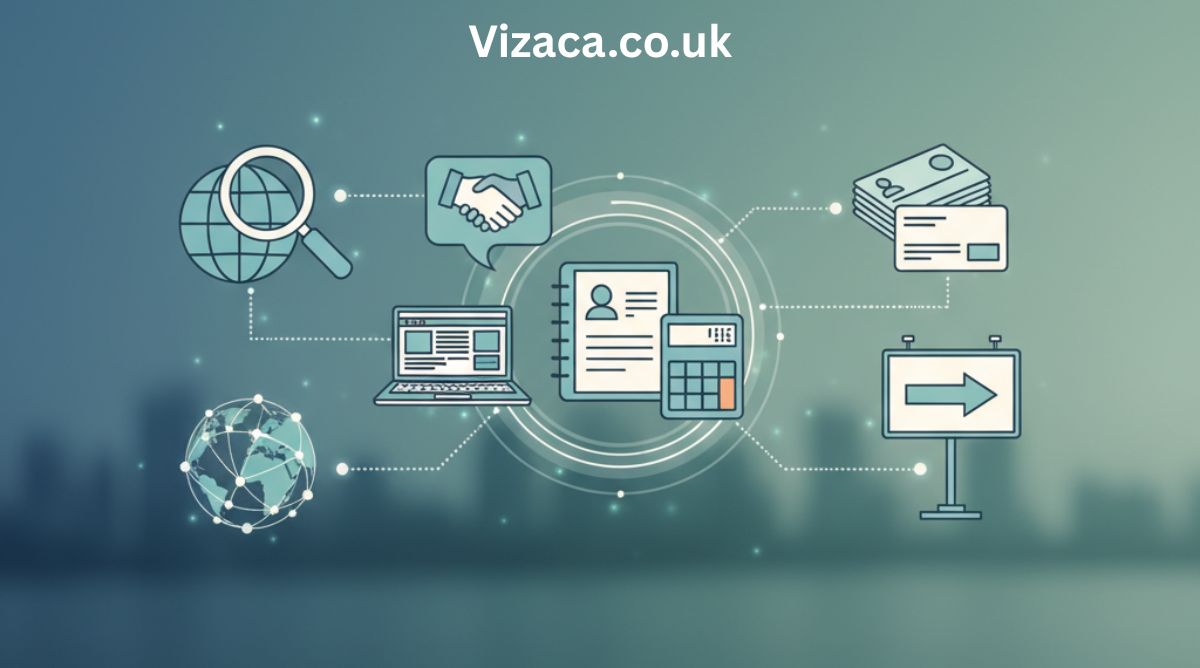The practice of illustration has existed for centuries as a crucial element of storytelling since its transition from hand-drawn sketches to advanced digital creations.
This era of technology has produced digital illustration as one of the most popular artistic pursuits through which artists can utilize novel techniques to create their creative work. The comparison between traditional illustration and digital illustration exists, but you need to identify which style suits you best. This article examines the distinctions, perks, and occupational options between both art forms so you can decide smartly.
Understanding Illustration and Digital Illustration
Traditional Illustration
Traditional illustration uses pencils, ink, watercolor, oil paints, and markers to create physical artwork. Artists use various techniques on paper or canvas and alternative surfaces to create depth through cross-hatching and stippling while shading.
Common Types of Traditional Illustration:
- Magazines, newspapers, and books incorporate editorial illustrations for written content enhancement.
- Concept Art & Character Design functions as a development tool that combines comic series, animated media features, and advertising content to create original characters and scenes.
- Fine Art Illustration: It merges artistic fine techniques with illustrative methods, which are displayed in art shows and exhibitions.
- Performance Art Guache: This specialized technique produces highly precise illustrations that serve textbooks, medical fields, and engineering.
Digital Illustration
Digital illustration depends on digital tools, including tablets, styluses, and software applications, including Adobe Photoshop, Corel Painter, and Procreate. Digital artists create their artwork using digital tools that include layers, brushes, and vector tools instead of traditional physical materials.
Common Types of Digital Illustration
- Vector Illustration: It implements mathematical equations for scalable image production, which works best in branding development and logo development alongside user interface design.
- Raster Illustration: It represents detailed digital artwork based on pixels which finds its primary use in concept art and digital painting processes.
- 3D Illustration: It emerges from 3D modeling programs that produce super real characters and environments.
- Motion Graphics & Animation: Integrates digital illustrations with movement for films, advertisements, and social media.
Market Growth and Industry Demand
The demand for digital Illustration has surged while gathering support from non-professional or professional users in both market sectors. Recent research forecasts the digital illustration app market portion focused on personal users will grow at a 13.3% Compound Annual Growth Rate (CAGR) across the analyzed period.
The Technical Illustration Software market experienced a value growth of $3.9 billion in 2022, and analysts project it will reach $6 billion while expanding at a 5.5% CAGR between 2022 and 2030. Statistical data indicates that digital tools are gaining more popularity in Illustration, so digital Illustration presents meaningful career opportunities.
Comparing Traditional and Digital Illustration
Advantages of Traditional Illustration
- The sensuous quality of physical materials appeals to numerous artists who desire more fulfilling engagement with their artwork.
- Each hand-drawn creative piece is unique because artists draw exclusively by hand, leading to original artwork.
- Traditional materials produce organic richness through textures that digital tools struggle to duplicate successfully.
- Utilizing traditional media teaches basic skills, including shading techniques, perspective rendering, and composition skills independent of digital tools.
Advantages of Digital Illustration
- The digital tools provide artists with both rapid editability through layer modification and quick access to pre-installed brushes, which accelerate the entire creative process.
- The digital platform allows artists to change styles and utilize different formats and mediums inside a single program.
- The purchase of one tablet and software will establish a long-term solution that replaces ongoing expenses for conventional materials.
- The digital illustration process generates zero physical waste by eliminating paper waste and dried-up painting materials.
- Most gaming and animation, as well as advertising and publishing businesses, now demand digital art skills from their employees.
Which Path is Right for You?
Your artistic direction, career objectives, and personal artistic inclination will determine the selection between digital or traditional illustration practice. The following list includes the key ingredients for evaluation:
1. Your Artistic Style and Passion
Those who connect better with authentic materials combined with hands-on textured work experiences should pursue traditional illustration as their artistic path. People who desire quick adjustment abilities, experimental tendencies, and the freedom to make fast changes, should consider using digital illustration software.
2. Career Opportunities
Traditional illustrators dedicate their practice to producing fine arts art and completing projects for book illustration, print media, and commissioned artwork. The expertise of digital illustrators allows them to pursue work in various areas, including animation and gaming, graphic design, UI/UX, and advertising.
3. Learning Curve & Accessibility
Mastering traditional illustration techniques and materials demands prolonged dedication because it takes many years until skills attain mastery level. The user-friendly interfaces integrated with learning materials from digital tools simplify access for new learners.
4. Project Requirements
It is suggested that one should learn traditional artwork because it remains the most suitable choice for both gallery exhibitions and original art sales. The ideal selection for work needing fast revision along with digital publication is digital illustration.
Final Thoughts
Both traditional and digital illustrations offer unique benefits and challenges, and neither is inherently superior to the other. Some artists prefer to blend both mediums, sketching traditionally and refining their work digitally. As the illustration industry continues to evolve, being proficient in both can open more doors for creative and professional opportunities.
Ultimately, the right path depends on your artistic preferences, career ambitions, and workflow needs. Whether you choose traditional illustration, digital illustration, or a combination of both, the most important thing is to keep creating, experimenting, and refining your skills in the ever-expanding world of illustration.
MAGES Institute is your one-stop destination that offers a range of design courses. Our mentors can help you make the right decision in your career based on your skills and goals. For more details, get in touch with us.










